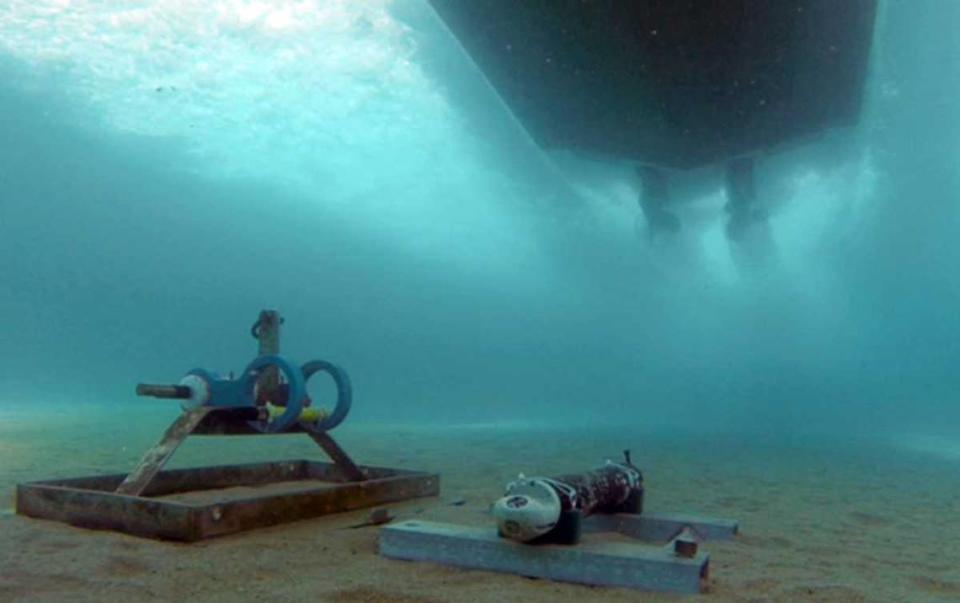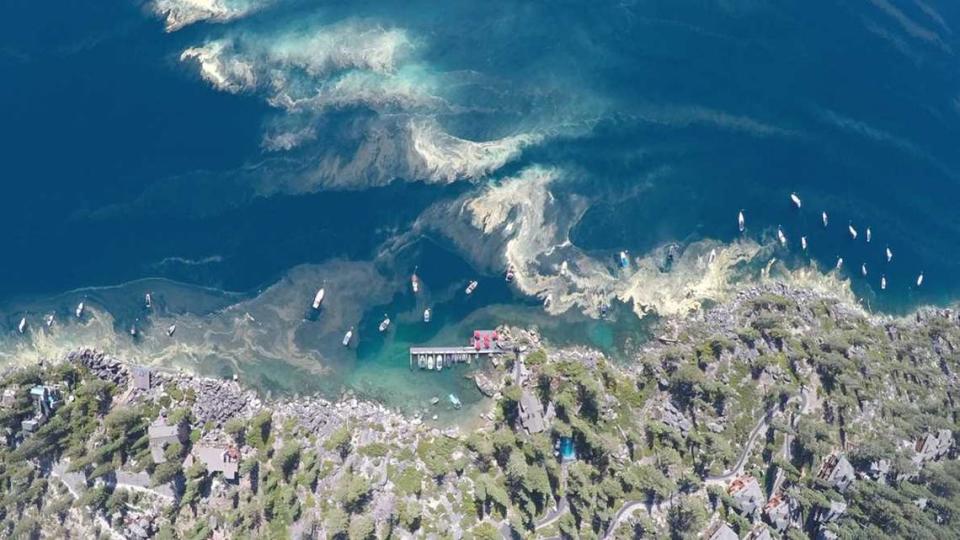Lake Tahoe water clearest in years — but this is what concerns UC Davis researchers
Lake Tahoe experienced some radical and rapid changes in the last year, more so than at any other point in the 55 years scientists have monitored the nation’s largest alpine lake.
According to the latest State of the Lake report, released Thursday, “the lake is in a state of rapid change” said Geoffrey Schladow, director of the Tahoe Environmental Research Center at UC Davis. “Within 2022 we had more changes throughout the lake than we’ve experienced over decades.”
Much of the change was attributed to the lake’s rapidly improving clarity in the latter part of last year. The exceptional winter that California experienced over the winter included a “freezing of the entirety of Emerald Bay and the very extended period of complete vertical lake mixing in February.”
In the second half of 2022, “Lake Tahoe was the clearest it has been since the 1980s,” according to the 2022 Lake Tahoe Clarity report released in early April, which said clarity reached nearly 72 feet using a Secchi disk to measure visibility in the iconic waters. The Secchi disk is a 10-inch, round white disk that is lowered into the lake to measure the deepest possible clarity.
The improving clarity was a sharp turn from just five years ago in 2017, the murkiest year in recent memory. Clarity only marginally improved by 2021 when scientists recorded the second-worst clarity reading on record at a depth of 61 feet.

Particle levels in the lake also hit a record high in 2021, with scientists finding that particles from wildfires might have caused the rise in particles and, therefore, the low clarity.
Lake Tahoe made a comeback in 2022, with its average annual clarity reaching 71.7 feet.
The improved clarity is due in part to the resurgence of the lake’s native zooplankton, a microscopic animal that works as a cleaning crew for lake’s blue waters. A decline in the zooplankton’s predator, the Mysis shrimp, an invasive species introduced to the lake decades ago, also helped improve the lake’s clarity, according to researchers.
Fine particle pollution of the lake has also decreased due to restoration efforts, which have reduced the amount of sediment and other pollutants that muddy the lake’s otherwise clear waters.
And despite tourist concerns, pollen has had little impact on the lake because they are much larger than the particles that typically affect clarity, the report said.
“It seems that the largest negative impact of the pollen is the annual cleaning of decks, garden furniture,” the report said.
However, as water levels fell in 2022 and temperatures in the lake rose, so did certain algae populations.
“Some 16 miles of beach were fouled by decaying algae washing up on the beaches,” the report said.

Microplastic pollution — which are small pieces of plastic smaller than five millimeters in size — has also become a growing issue in Lake Tahoe. In 2022, the lake showed levels of microplastic abundance at all levels of the lake “to be some of the highest reported among North American lakes,” the report said.
The researchers went on to say that the amount of microplastics “found at Tahoe approach those measured in San Francisco Bay.”
“What goes into Tahoe, stays in Tahoe,” Schladow said. “It’s a worry for every aquatic system.”
Looking ahead, researchers said 2023 promised to be another interesting year of changes for the lake as a record winter brought tremendous amounts of water and particles into the lake.

